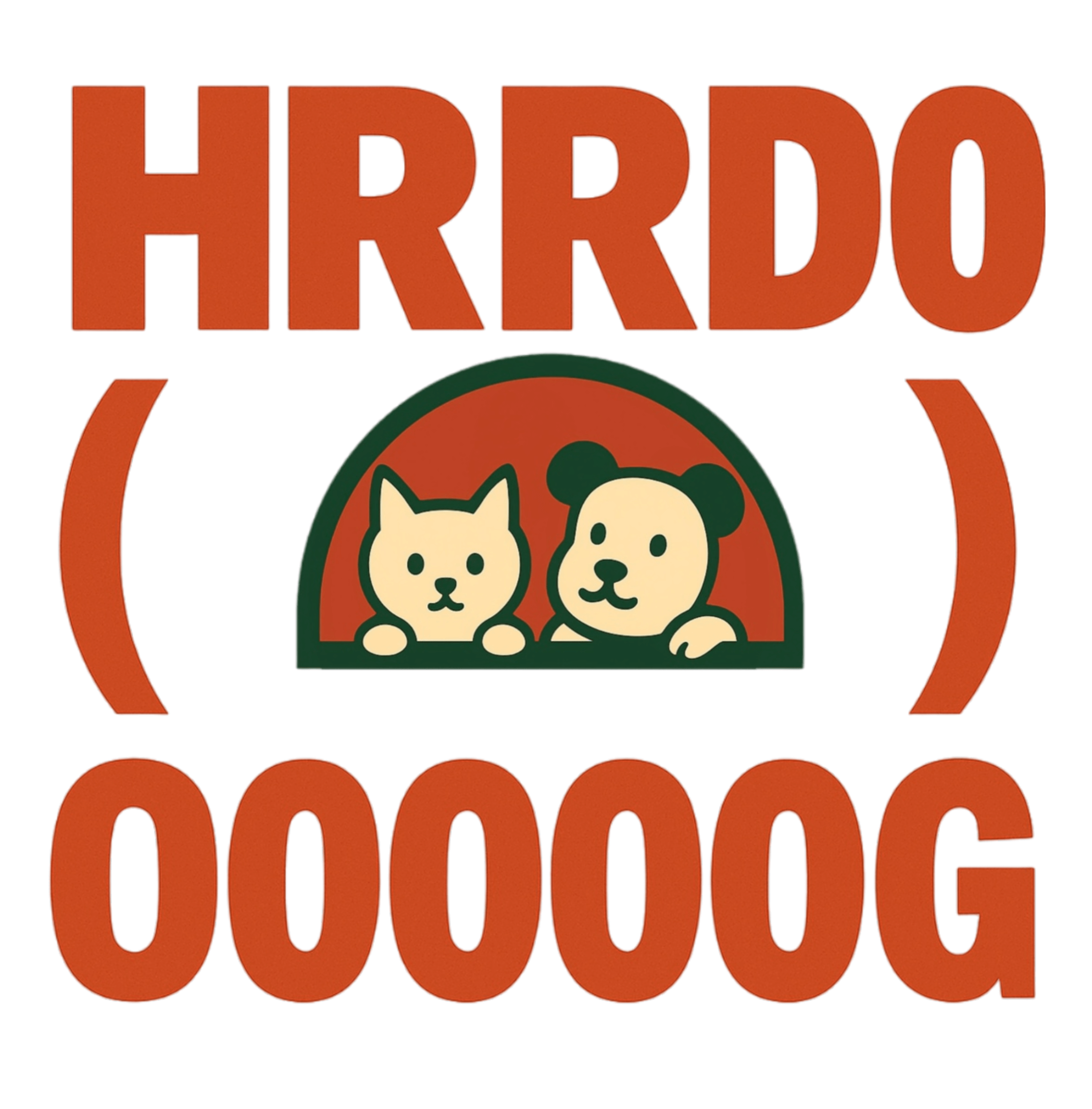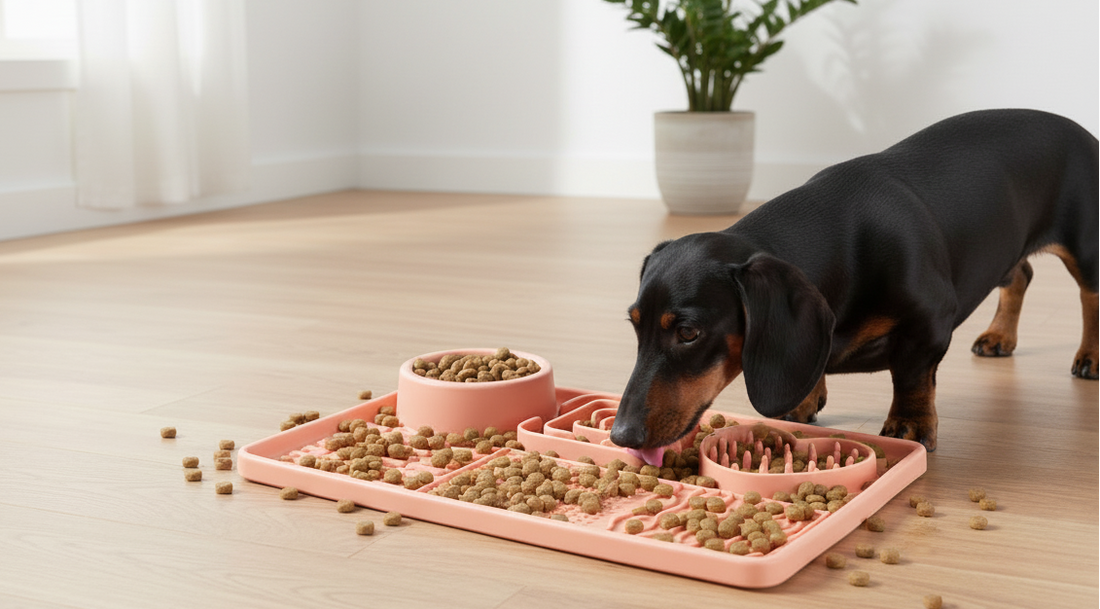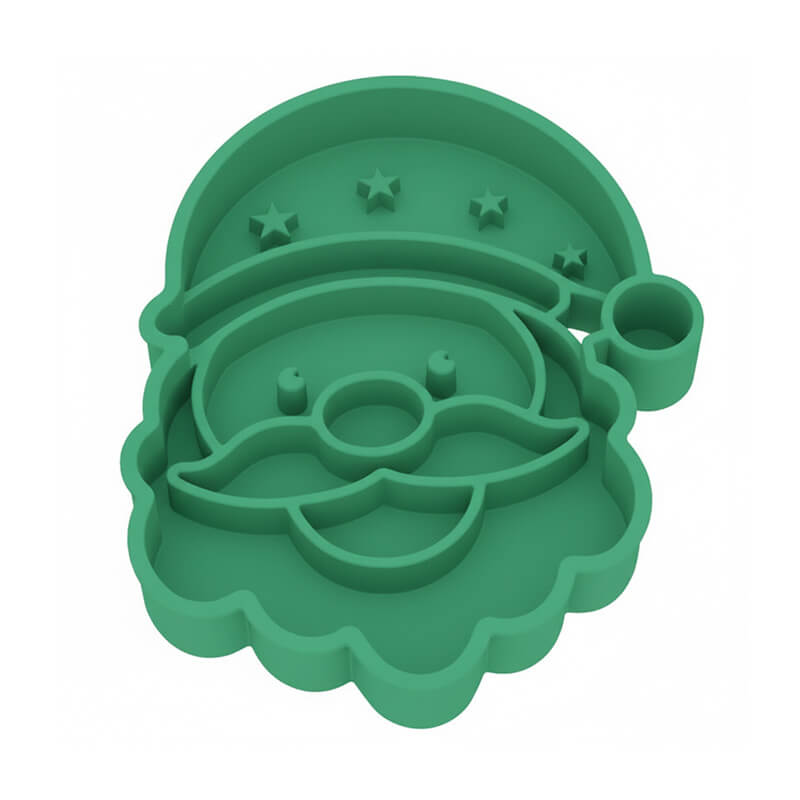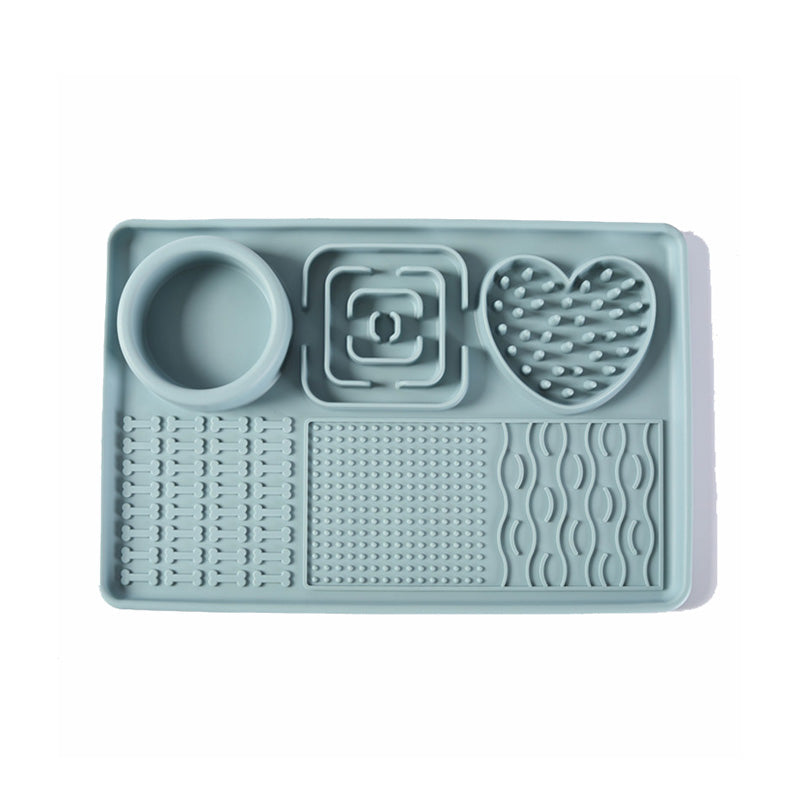Is Your Dog Eating Too Fast? Here’s How to Put the Brakes on Mealtime
Inside this Article:
Watching your dog inhale its food in seconds can be alarming. That frantic gobbling isn't just a bad habit—it's a genuine health hazard. While rooted in instinct, speed eating can lead to choking, vomiting, and a life-threatening condition called bloat (GDV).
This definitive 2025 guide will help you understand why your dog eats so fast, how to spot the danger signs, and the most effective ways to slow them down for a safer, healthier meal.
How Fast Is Too Fast? The Signs of a Speedy Eater
If your dog consistently clears their bowl in under 30-60 seconds, they're eating too fast. Beyond the clock, watch for these red flags:
• Gulping, Not Chewing: You hear swallowing, not the crunch of kibble.
• Choking or Gagging: Coughing or hacking during or right after eating.
• Vomiting Undigested Food: Throwing up a full meal shortly after finishing.
• Mealtime Anxiety: Pacing, whining, or staring you down before you've even put the bowl down.
• Swallowing Air: Audible gulps that lead to gas and discomfort.
Beyond the Mess: The Serious Health Risks of Fast Eating
Speed eating is a direct threat to your dog's well-being. Here’s what’s at stake.
Immediate Digestive Distress
The most common issues are vomiting and regurgitation. An overloaded stomach rejects unchewed food. Swallowed air causes painful gas, burping, and diarrhea.
Choking and Internal Blockages
Unchewed kibble can lodge in the throat or esophagus, creating a choking hazard or a blockage that requires emergency vet care.
The Deadliest Risk: Gastric Dilatation-Volvulus (GDV or Bloat)
This is the most severe risk. Fast eating can cause the stomach to fill with air and expand (dilatation). In tragic cases, the stomach can then twist (volvulus), trapping air and cutting off blood flow.
GDV is a fatal emergency. Symptoms include a swollen belly, unproductive retching, and restlessness. It demands immediate veterinary surgery and is often fatal if treatment is delayed.
7 Proven Solutions to Slow Your Dog's Eating
The good news? You can easily train your dog to eat slower. Here are the most effective strategies, from DIY hacks to top-rated products.
1.Invest in a Slow Feeder or Puzzle Bowl (The #1 Solution)
These bowls have built-in ridges and mazes that force your dog to work for each piece of kibble, turning mealtime into a brain game that physically prevents gulping.
• Finding the Right Bowl: We've tested the top options on the market. Check out our in-depth guide to the ✨🥣[Best Slow Feeder Bowls for 2025] to make the best choice for your dog.
2.Try the Muffin Tin Method (Easy DIY)
Spread your dog's kibble across the cups of a muffin tin. The barriers naturally force your dog to pause and navigate, significantly slowing their pace.

3.Engage Instincts with a Scatter FeedSkip the bowl entirely.
Scatter dry kibble evenly on a clean floor or a large towel. This engages your dog's natural foraging instincts, making them search for each piece.
4.Serve Smaller, More Frequent Meals
Ditch the two large meals a day. Offering three or four smaller portions reduces the amount of food available at once, curbing the urge to gorge.
5.Use a Puzzle Toy or Snuffle Mat
Products like a Kong Wobbler or a snuffle mat make your dog think and work for their food, providing mental stimulation and dramatically extending mealtime.
6.Bond and Train with Hand-Feeding
Hand-feeding your dog their kibble is a powerful way to build trust, reinforce training, and control the pace of eating bite-by-bite.
7.Create a Calm, Separate Feeding Zone
If you have multiple pets, competition is a key driver. Feed dogs in separate rooms to eliminate the stress and urgency.
Become a Mealtime Pro: Continue Your Education
Mastering your dog's eating speed is a huge step. To learn more about expert advice on feeding dogs,Please browse our other dog feeding articles.








